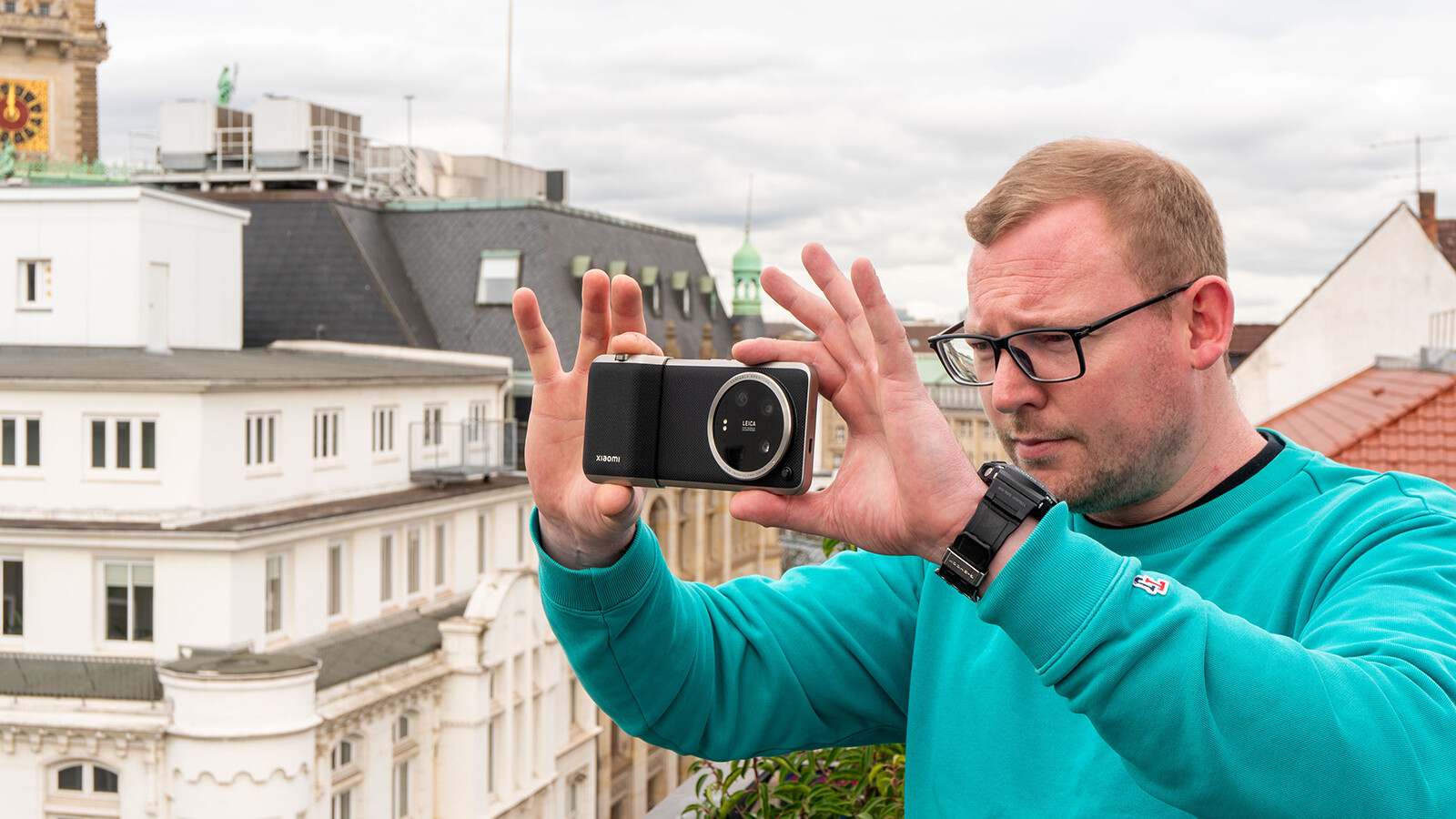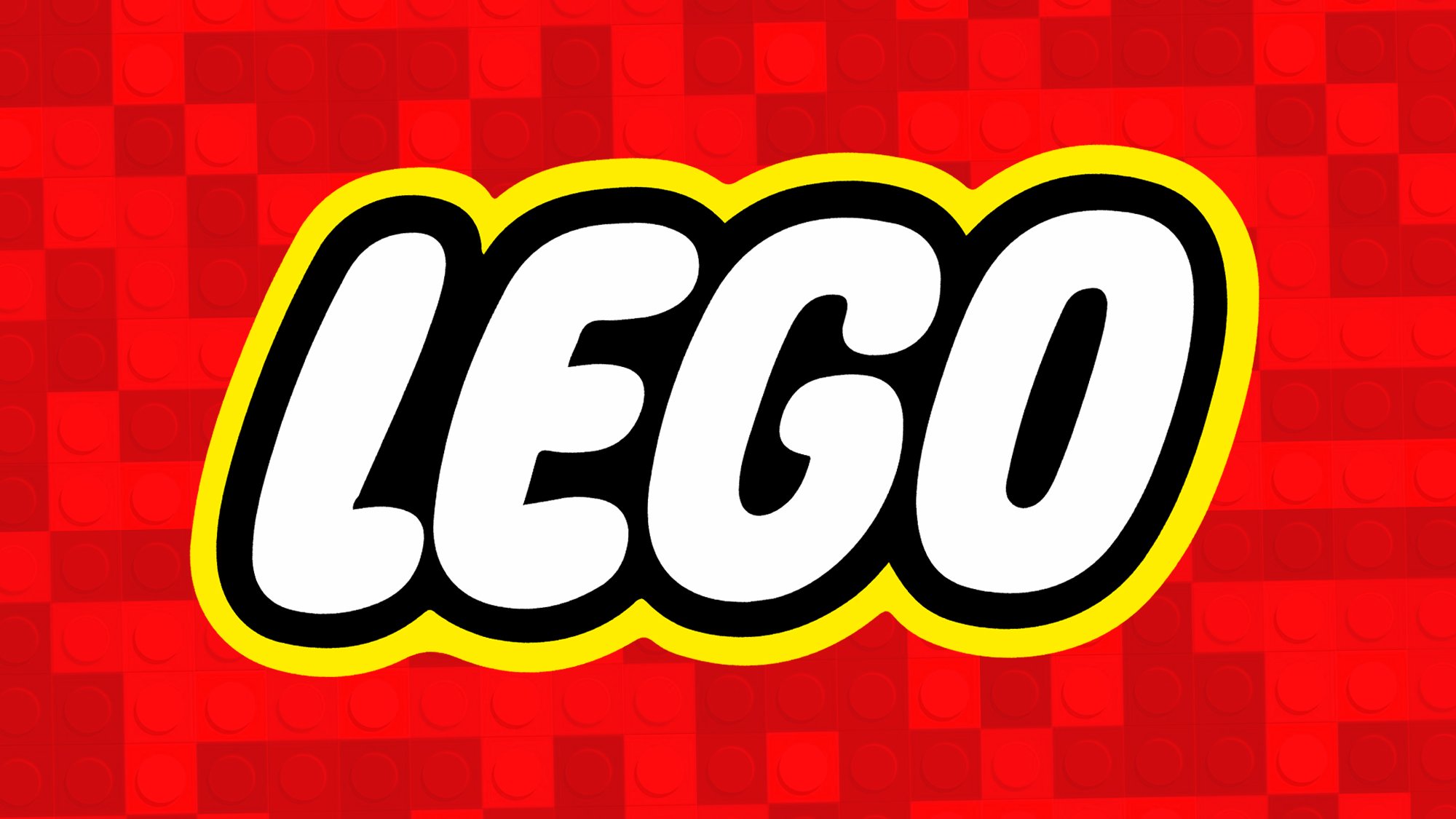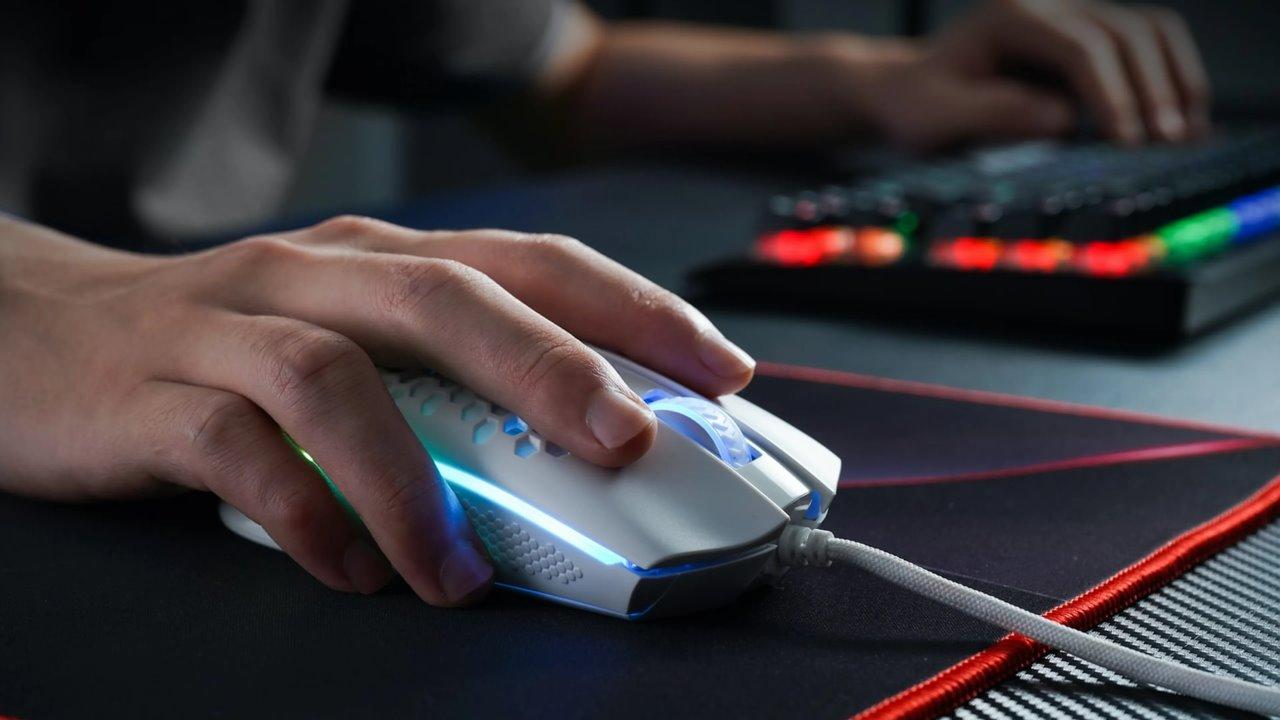The PC implementation of Ratchet & Clank: Rift Apart casts its shadow ahead – and shortly before the release there is official information about the additional PC features and the system requirements.
In the coming week, namely on July 26th, the time has finally come and Ratchet & Clank: Rift Apart will also hit the PC. Shortly before, the makers have once again via PlayStation Blog reported with some fresh information to speak.
The PC version of the game will therefore be able to use the new DirectStorage 1.2 feature including GPU decompression. According to Nixxes Software’s Senior Lead Programmer Richard van der Laan, this has the following effect: “In order to enable short loading times and a seamless transition between dimensions, the game must be able to load the assets quickly. DirectStorage guarantees fast loading processes and on high graphics settings the GPU -Used decompression to stream assets in the background during gameplay Traditionally, the CPU does this decompression, but at some point it’s beneficial to use the GPU to do it, increasing the bandwidth available for streaming assets from memory to Graphics card. We take advantage of this to quickly load textures and environments with high levels of detail.”
The PC version also uses adaptive streaming based on live measurements of the available hardware bandwidth. The bottom line is that the textures are optimally adapted to each configuration as far as possible. NVMe SSD is also used, so you can expect responsive texture streaming.
In addition to the previously confirmed raytracing reflections and raytracing shadows for natural light in outdoor areas, ambient occlusion with different quality levels is now added as another raytracing option. This should ensure more realism in the lighting, but the bottom line is that it only works with high-end systems with raytracing-compatible hardware. Anyone who would like to find out more details about this and the integration of XeGTAO, which is also available, is here the detailed post on the PlayStation Blog
At the end of the day, of course, there are still the system requirements, which you can see in the attached graphic. The makers attach great importance to scalability, so that you can basically gamble on weaker systems, but powerful systems get their money’s worth thanks to the ray tracing options and more. The bottom line is that a classic HDD can also be used, but the developers recommend using an SSD if possible.
One thing is certain: the PS5 title Ratchet & Clank: Rift Apart will be coming to PC on July 26th, with a few improvements of course.










